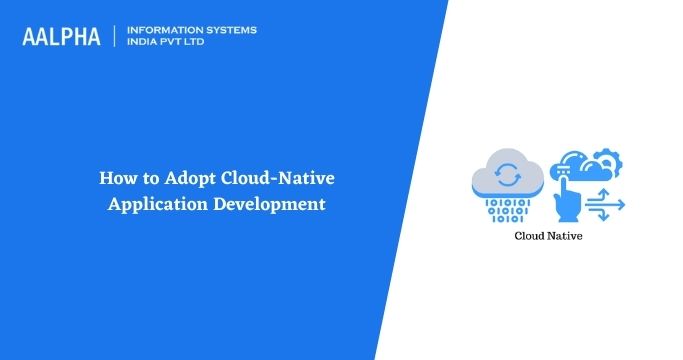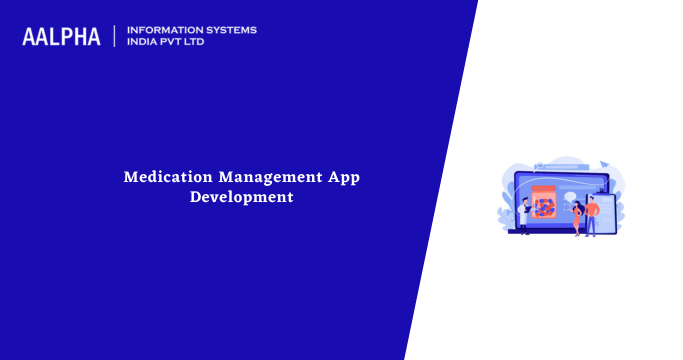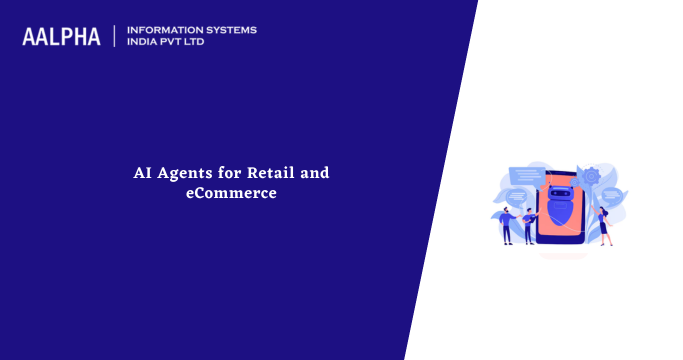According to a recent IBM analysis titled “The enterprise view on cloud-native development,” almost three out of every four non-cloud apps will migrate to the Cloud during the next three years. Optimizing the application cycle is crucial in today’s modern enterprise: it enables businesses to meet customer expectations, remains adaptable in their operations, and accelerate the pace of innovation.
Cloud-native application development enables organizations to fully use the Cloud’s capabilities by accelerating time to market, increasing scalability, increasing flexibility, and improving customer experiences while lowering costs.
Using separate components called microservices, developers may rapidly update programs without delaying delivery or interfering with functionality. Microservices decompose huge monolithic apps into smaller components.
Cloud-Native Application Characteristics
To maximize the advantages of the Cloud, it is necessary to guarantee that the application architecture is disconnected from the physical infrastructure. Additionally, the application should be divided into services and layers, with each being built and maintained separately. The following table summarizes the significant properties of Cloud-Native Applications.
Several Services – Each application further divides into microservices. These services communicate with one another, even though the end-user seems to be visiting a single application.
Elasticity — The application and its services should be scalable in-and-out and up-and-down in response to changing demand. These dynamically managed services enable optimal resource use.
Resilience – A service is resilient if it can withstand outages and failures and continue to operate. Additionally, they may benefit from the Cloud’s automatic failover and disaster recovery procedures. Each service is composed so that other applications may use it. This is often accomplished using APIs with well-defined characteristics.
How to begin developing cloud-native applications: A strategic approach
The route to developing cloud-native apps involves a close examination of current applications. Is it more cost-effective to upgrade current apps than to construct new ones?
When to construct a new structure:
In certain circumstances, developing new apps using cloud-native development approaches makes more sense than working with an existing monolith. Constraints such as corporate culture, perceived hazards, and regulatory compliance may play a role in this choice. Developing new apps frees teams from the constraints of prior design architectures, allowing developers to experiment and offer innovation to consumers.
When is it appropriate to modernize?
However, organizations do not always need to start from scratch when developing new apps. Modernizing current apps enables businesses to use existing investments and operations while using the Cloud’s agility, flexibility, and scalability. Whether teams containerize, extend, disassemble, or restructure legacy monolithic applications, they may convert to Cloud-native applications.
Three application development concepts
When developing a new cloud-native application or upgrading an old one, developers should adhere to uniform rules.
-
Adhere to the microservices architectural style
Reduce applications to microservices, which enable gradual, automatic, and continuous application improvement without incurring downtime. The following video provides further information about microservices architecture:
-
Make extensive use of containers to maximize flexibility and scalability
Containers encapsulate software with all of its code and dependencies, enabling it to execute anywhere. This enables the most significant mobility and flexibility possible in a hybrid multi-cloud system. Additionally, containers enable rapid scaling up and down using user-defined Kubernetes container software.
-
Adopt an agile mindset
Agile methodologies accelerate the development and improvement processes. Developers may rapidly repeat improvements in response to customer input, ensuring that the functioning application version matches user expectations as closely as feasible.
When can businesses begin using cloud computing?
The following are a few steps that enterprises may take to begin their cloud adoption journey:
Change Management Plan – The first step toward cloud adoption is to develop a change management strategy. Each change entails risk, and to reduce those risks and move the application quickly and without producing bottlenecks, a precise strategy is required.
Thorough testing – One strategy is to pick a low-risk app from the app repository that must be tested thoroughly. Migrate the application and then do a comprehensive test. Once the test runs are successful, move on to the more dangerous ones one at a time.
Market strategy – The next phase would be to promote the adoption plan to the internal team, ensuring that everyone is aware of and prepared for change. Assist the team by developing a training and implementation strategy. Sharing best practices and engaging with the team also contribute to developing a culture conducive to rapid Cloud-native adoption.
Standardize the platform – After obtaining sufficient expertise with the tools and platforms utilized for Cloud adoption, the last stage would be to standardize the platforms. This guarantees that the most effective platforms for a particular company are employed. As a result, time is saved by not wasting it on ineffective tools.
Developing cloud-native apps enables businesses to reap significant advantages.
The creation of cloud-native applications is critical for digital transformation and innovation. Enterprises that design cloud-native applications find significant gains in efficiency, scalability, productivity, and a better user experience.
Connect with cloud app development company for more information.
Also read: Benefits of Cloud-Based ERP Software





Share This Article:
Written by:
Muzammil K
Muzammil K is the Marketing Manager at Aalpha Information Systems, where he leads marketing efforts to drive business growth. With a passion for marketing strategy and a commitment to results, he's dedicated to helping the company succeed in the ever-changing digital landscape.
Muzammil K is the Marketing Manager at Aalpha Information Systems, where he leads marketing efforts to drive business growth. With a passion for marketing strategy and a commitment to results, he's dedicated to helping the company succeed in the ever-changing digital landscape.